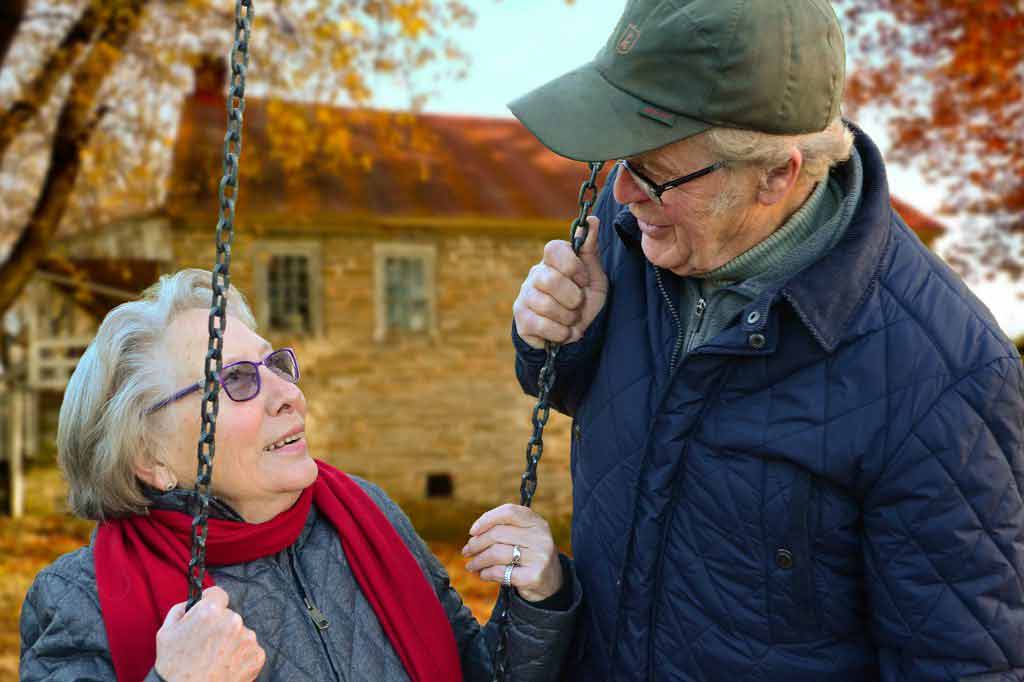Birth dates and asthma
Genetics and stem cells
Children born in the autumn are 30% more likely to develop asthma, The Daily Telegraph and Daily Mail report today. The newspapers say that exposure to winter
Children born in the autumn are 30% more likely to develop asthma, The Daily Telegraph and_ Daily Mail_ report today.
The newspapers say that exposure to winter viruses in the first few months of life can lead to asthma, according to a US study of over 95,000 children. The study compared birth dates, winter virus statistics and pre-school development of asthma among children.
Although this study suggests a possible link between exposure to winter viruses and childhood asthma, it is not conclusive proof. It remains unclear whether winter respiratory infections in infants increase the risk of developing childhood asthma, or if certain children are simply more susceptible to both conditions.
Many factors are thought to contribute to developing asthma, and without a review of all current research we cannot say that winter viruses have an influence.
The only known effective way to reduce the risk of asthma in children is to not smoke during pregnancy or around the child, rather than timing conception to avoid an autumn birth.
Where did the story come from?
This research was conducted by Dr Pingsheng Wu and colleagues from Vanderbilt University School of Medicine. It was published in the peer-reviewed American Journal of Respiratory and Critical Care Medicine .
One author received a grant from MedImmune, a company that produces medicines for preventing viral infections, including child respiratory infections. Another author has been an advisor for the drug company Merck.
What kind of scientific study was this?
This was a cohort study investigating whether winter viral infections during infancy increase the risk of developing childhood asthma.
The researchers behind this study had a theory that if winter viral infections during infancy increase the risk of asthma, babies born in wintertime would be more susceptible to infection and therefore more likely to develop asthma.
To explore their theory, researchers identified all children born in Tennessee between 1995 and 2000, who were continuously enrolled in the Medicaid medical insurance programme until the age of five years and six months. This totalled 95,310 children.
The researchers looked at medical records, noting dates of birth and identifying diagnoses of asthma or prescriptions for asthma medication for children between the ages of 3.5 to 5.5 years old.
They also looked for any asthma-related hospitalisations or emergency room visits or those who needed rescue treatment with corticosteroids between the ages of four and 5.5 years old. Children within these categories were described as having high-risk asthma.
For each year researchers calculated the winter virus peak (the time of year when winter respiratory viruses were most common). This was defined as being the first day of the week when the most hospitalisations for bronchiolitis occurred. Bronchiolitis is an inflammatory airways infection which occurs in babies less than one year of age.
The researchers then looked at any possible relationship between birth date to the winter virus peak and any development of clinically significant bronchiolitis (requiring medical treatment), childhood asthma or high-risk asthma. The publication concentrated on the results for high-risk asthma.
Researchers also looked separately at specific groups of infants who had or had not experienced clinically significant bronchiolitis, those born prematurely or at full term and those born in the four months prior to an early or late occurring winter viral peak. They adjusted their analysis for factors that might affect results, such as gender, race, number of siblings, maternal smoking and maternal asthma.
What were the results of the study?
The researchers found that about 8% of children in the study developed high-risk asthma between the ages of 4 and 5.5 years. Children with high-risk asthma were more likely to have received medical treatment for bronchiolitis in infancy or to have mothers who smoked in pregnancy or to have mothers diagnosed with asthma or to be white males.
The winter virus peak occurred on one day between December and February each year. Children born in the four months leading up to the peak were at the greatest risk of developing clinically significant bronchiolitis or childhood asthma or high-risk childhood asthma. Children born in these four months before the virus peak had a 29% higher chance of developing high-risk childhood asthma than children born 12 months before the peak. The actual proportion of children who developed asthma was higher in the group who had experienced clinically significant bronhiolitis in infancy.
What interpretations did the researchers draw from these results?
The researchers concluded that the timing of a child’s birth in relation to the winter virus season affects their risk of developing early childhood asthma, and that this “provides strong evidence for a causal relationship of winter viruses with early childhood asthma”. They suggest that “delay of exposure or prevention of winter viral infection during early infancy could prevent asthma”.
What does the NHS Knowledge Service make of this study?
Although the authors suggest that this study provides evidence that winter virus infections cause asthma, they acknowledge that the risk of progressing from bronchiolitis to asthma will be affected by genetic factors. Therefore, their results could be at least partially explained by babies who are susceptible to developing asthma also being susceptible to respiratory viral infections.
Additional points to note:
- Most of this study focuses on when a baby was born rather than whether the child had a winter viral infection. It is possible that other factors might be affecting the risk of asthma, such as climate conditions, that are known to exacerbate asthma.
- Doctors may have used varying methods to diagnose asthma, particularly as a diagnosis of asthma in younger children can be difficult.
- The identification of children with asthma only used medical records. Inaccuracies of diagnosis or recording of asthma or high-risk asthma would affect the results’ accuracy.
- This study was carried out in the US, and results may not apply to people in other countries, climates or with different ethnic backgrounds.
Childhood respiratory infections are largely unavoidable and many will suffer from repeated episodes during their lifetimes. Proving that respiratory infections cause childhood asthma is also a difficult task, as direct experiments to test this hypothesis would obviously be unethical.
Asthma also has a wide variety of possible risk factors, both genetic and environmental, including exposure to viruses and bacteria, chemicals, cigarette smoke and other fumes, and allergic irritants such as pollen, animal fur and dust mites.
This study does not provide conclusive proof of the role of respiratory infections in childhood asthma. A systematic review of all the existing research looking at this question would give a better idea of the strength of the evidence.
Sir Muir Gray adds:
Even if there was a relationship between infections and asthma it is not easy to see what practical steps could be taken to avoid these infections in the first place.






 Subscribe
Subscribe Ask the doctor
Ask the doctor Rate this article
Rate this article Find products
Find products







